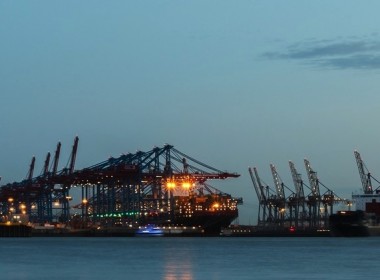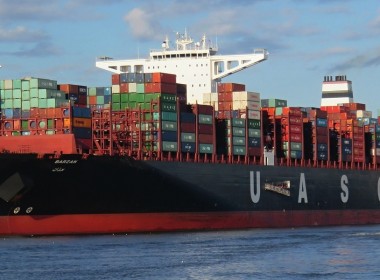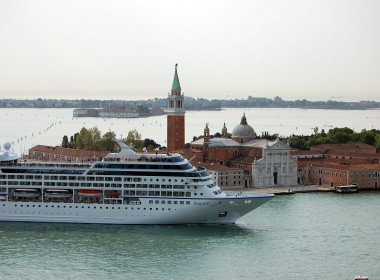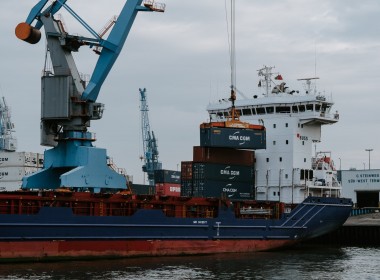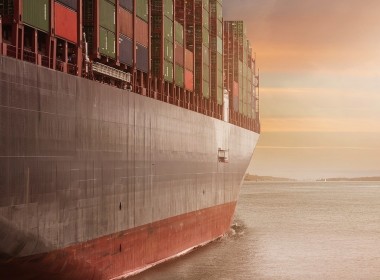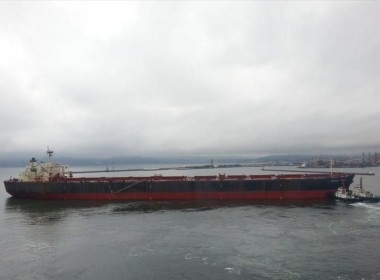COLUMN: Tough times for salvors [Grey Power]
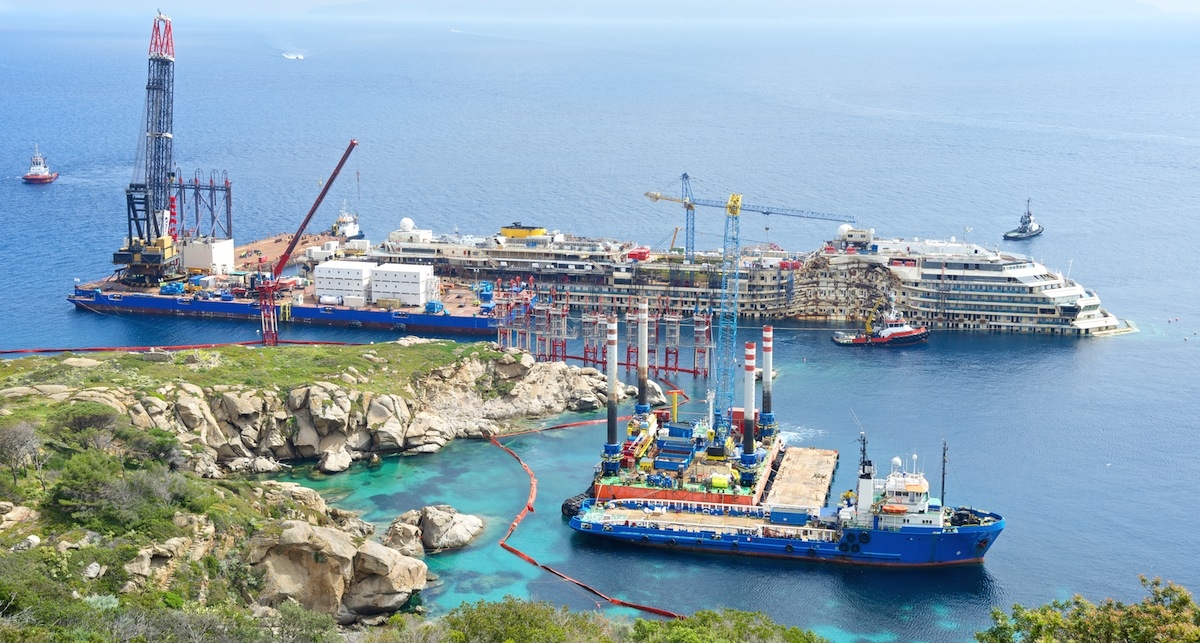
They are an emergency service upon which the shipping industry depends. They represent a repository of specialised expertise that no amount of money could magic out of thin air, if they were no longer available. They have a king’s ransom locked up in their equipment, strategically located around the world. They are the “last resort”, when a ship is disabled, threatens to leak its cargo all over some environmentally sensitive region, or is wrecked.
But the marine salvage sector is having a difficult time, no matter how much it might be treasured by those whose ships it saves. Last year, salvage operations were reduced in number and while this is far from being a trend, it is causing some concern to the International Salvage Union, which represents the major marine salvors. In the twelve months between 2015 and 2016 members of the ISU made only US$380 million from their emergency responding and wreck removal, compared to US$717 million during the previous year of operations.
“Events at sea are always unpredictable”
It might be suggested that this is a “good news” story, with fewer ships being wrecked or afire, aground or disabled. Statistics are sometimes confusing and while it is undeniable that there were fewer incidents, those that there were tended to cost insurers a lot more than they did in the past. Salvage trends are very volatile, and disasters, like London buses, often come along in groups. It probably might take only a couple of mega-container ships to come to grief, or (perish the thought) another major cruise ship, to change the trend dramatically. Events at sea are always unpredictable.
The salvors might be suffering from a lack of casualties, but there are a number of structural problems assailing them as well. The romantic idea of salvage tugs strategically stationed at the shipping industry’s choke points is long gone. You can’t keep one of these babies idled, just hoping for a nearby accident. You employ them in ocean towage and contract out the plant to whoever might need the barges, cranes, divers and all the other sundry expertise. Much of the income now comes from wreck removal, rather than emergency response, with the former largely keeping the large salvors going.
This is helped no end by the astonishing removals there have been in recent years, where in an earlier era the wrecks would have just been left to the mercy of the sea. Having seen the removal of the containership Rena off New Zealand, and the amazing recovery of the Costa Concordia wreck, people who have any wreck on their shores now want it taken away. With the insurers paying the cost of this, it is an easy demand to make.
The salvage sector is often portrayed as a sort of “vulture” of the seas, but most of the time they operate in a risky business, in every sense of the word. They can commit colossal resources to a wreck, only to see their investment subside beneath the waves. Even, after massive efforts have been expended, and the casualty successfully redelivered to her owners, the salvors will have to defend their actions in a salvage arbitration, when they will stress the justification for a generous reward, while the insurers’ lawyers will seek to diminish their efforts.
There are other problems they face. Competition from salvage consultants, who can undercut them for a job, then go out and hire the necessary equipment from “Yellow Pages” contractors, is a reality. There is also a great deal of competition from an under-worked offshore industry, with powerful anchor-handlers, lifting equipment and other plant, ready and willing to take any work that might have been within the salvors’ competence.
They worry that the famous salvage agreement Lloyd’s Open Form, which was generally believed to be fair and well-understood, with its no cure-no pay provisions, seems to be used less frequently where intervention is required. It is a factor, some say, of better communications, with no shortage of advice descending upon the master of a distressed ship, urging him to refuse a LOF contract and demand something cheaper, like a day rate for the tug.
Unfair and one-sided
There are even regular attempts to contract with what is called a LOF “lite”, capping the eventual reward or basing the assistance on tariff rates. This could end up entirely to the benefit of the insurer, with the salvor who has accepted this “cap” left seriously out of pocket, even though the salvage was wholly successful. This, say the salvors, is unfair and one-sided.
And all of these problems causing furrowed brows in the salvage sector are coming at a time when, paradoxically, the capabilities of salvage contractors might be stretched by the sheer scale of a major casualty. Just consider the importance of the salvors’ role when, as seems inevitable, the first 20,000TEU containership impales itself upon some rocky shore, is caught at sea with its cargo afire, or is in extremis in some other spectacular fashion.
What sort of plant is going to be needed to get the cargo off a listing monster, with boxes nine high on deck and 24 across? And in the long term, if salvors are not getting the rewards they need to keep reinvesting, from where is the next generation of tugs and, more importantly salvage masters, going to come. These are important questions and answers should not be delayed.


